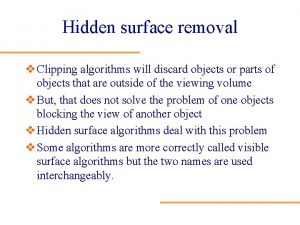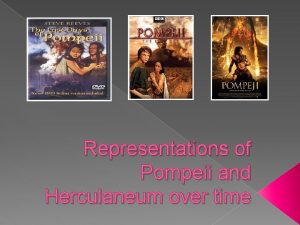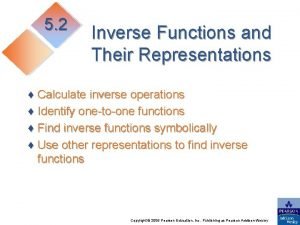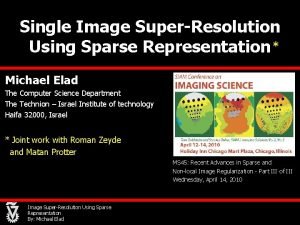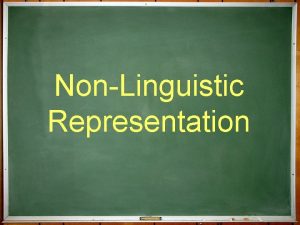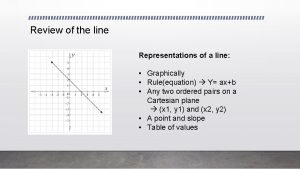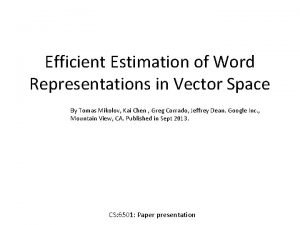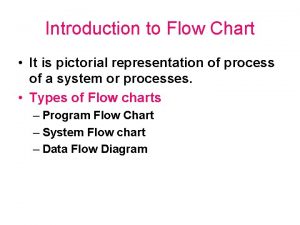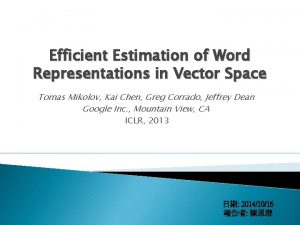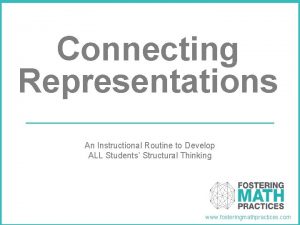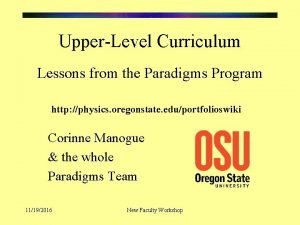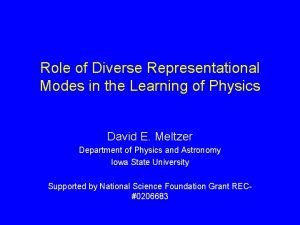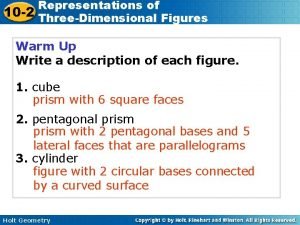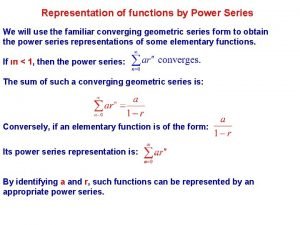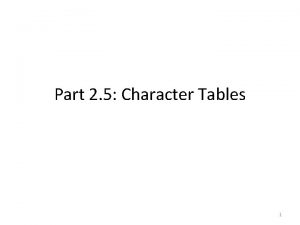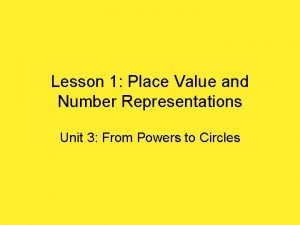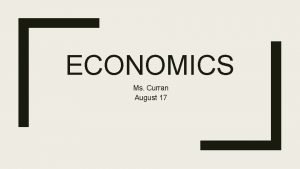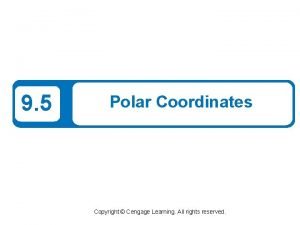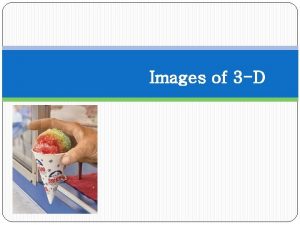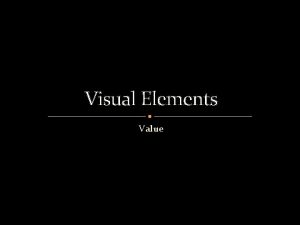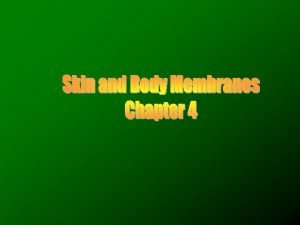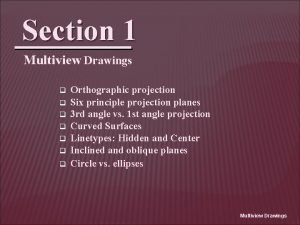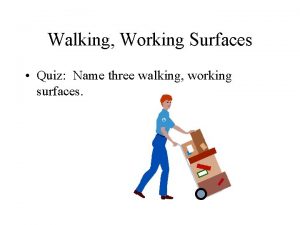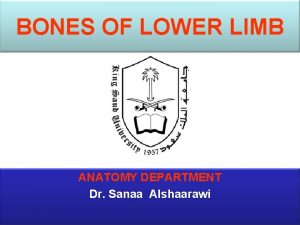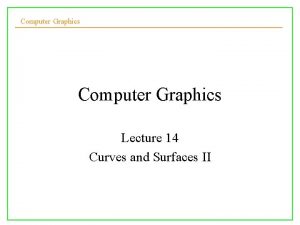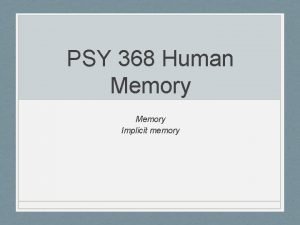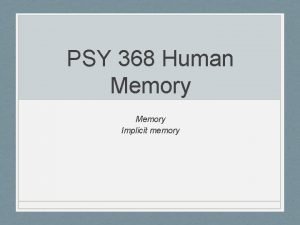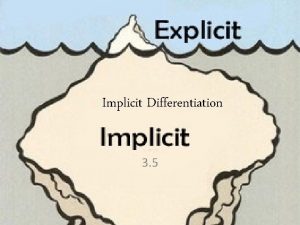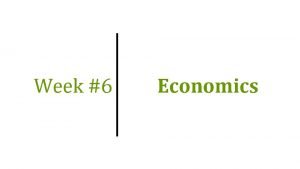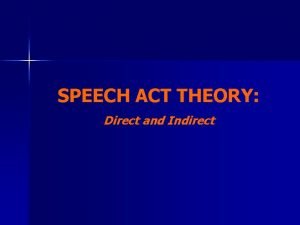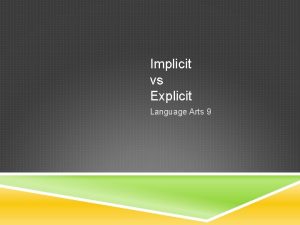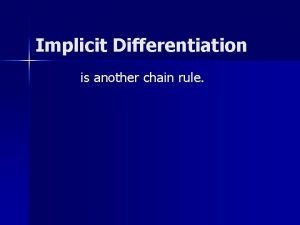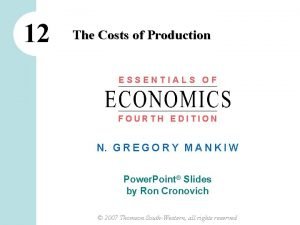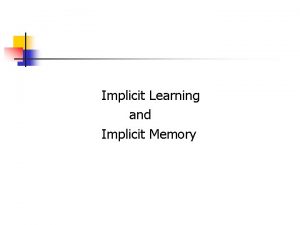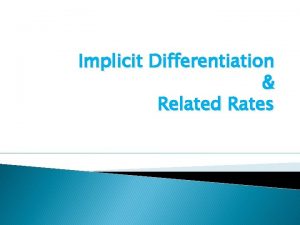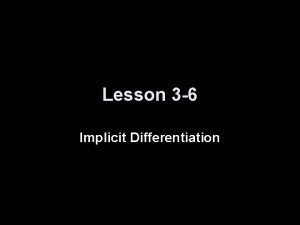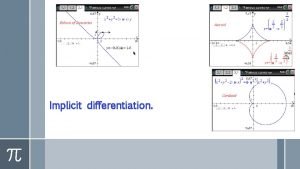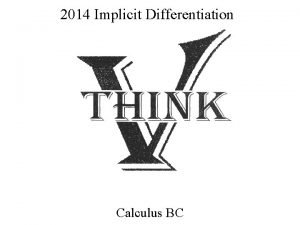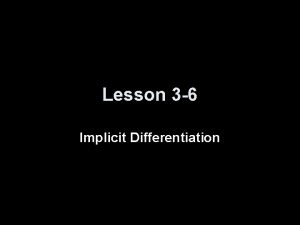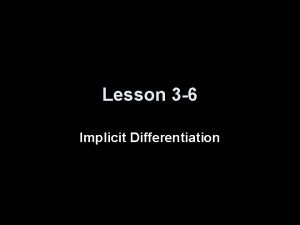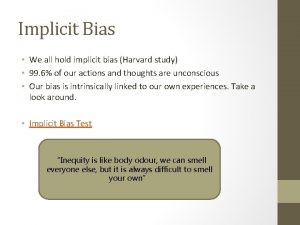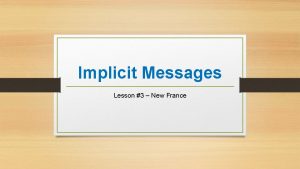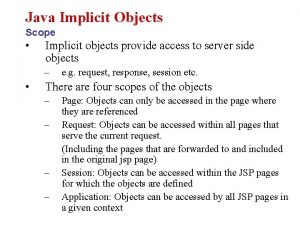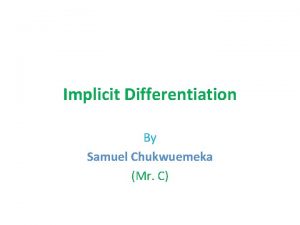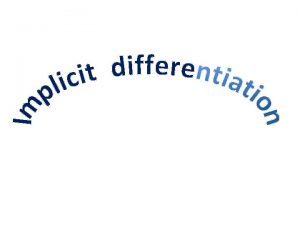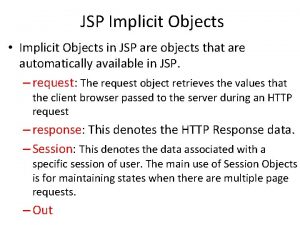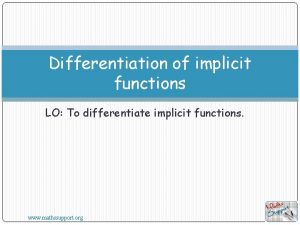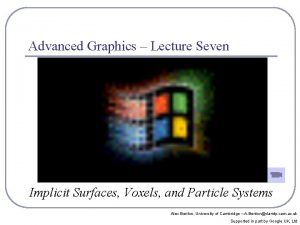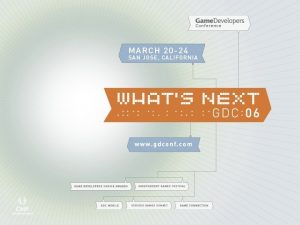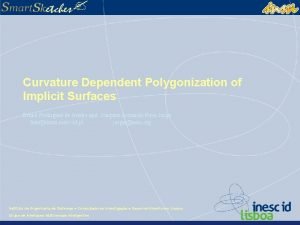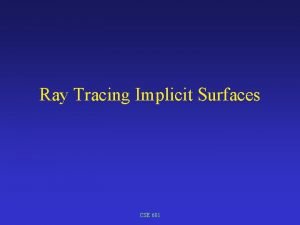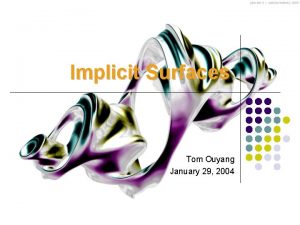Implicit Representations of Surfaces and Polygonalization Algorithms Dr















































- Slides: 47

Implicit Representations of Surfaces and Polygonalization Algorithms Dr. Scott Schaefer

Polygon Models § Advantages w Explicit connectivity information w Easy to render w (Relatively) small storage § Disadvantages w Topology changes difficult w Inside/Outside test hard 2/47

Implicit Representations of Shape § Shape described by solution to f(x)=c 3/47

Implicit Representations of Shape § Shape described by solution to f(x)=c 4/47

Implicit Representations of Shape § Shape described by solution to f(x)=c -- - ---5/47

Implicit Representations of Shape § Shape described by solution to f(x)=c + + + -- - -+ + + 6/47

Advantages § § No topology to maintain Always defines a closed surface! Inside/Outside test CSG operations 7/47

Advantages § § No topology to maintain Always defines a closed surface! Inside/Outside test CSG operations + + + -- - -+ -+ + 8/47

Advantages § § No topology to maintain Always defines a closed surface! Inside/Outside test CSG operations 9/47

Advantages § § No topology to maintain Always defines a closed surface! Inside/Outside test CSG operations w Union 10/47

Advantages § § No topology to maintain Always defines a closed surface! Inside/Outside test CSG operations w Union 11/47

Advantages § § No topology to maintain Always defines a closed surface! Inside/Outside test CSG operations + w Union + + + - - - + + 12/47

Advantages § § No topology to maintain Always defines a closed surface! Inside/Outside test + CSG operations + w Union + - - + + 13/47

Advantages § § No topology to maintain Always defines a closed surface! Inside/Outside test + CSG operations + -+ w Union + + + -+ - - - - - + ++ 14/47

Advantages § § No topology to maintain Always defines a closed surface! Inside/Outside test CSG operations + w Union + + - - -+ + 15/47

Advantages § § No topology to maintain Always defines a closed surface! Inside/Outside test + + CSG operations + + w Union + + w Intersection + + - + ++ + + 16/47

Advantages § § No topology to maintain Always defines a closed surface! Inside/Outside test CSG operations + w Union + w Intersection + - + 17/47

Advantages § § No topology to maintain Always defines a closed surface! Inside/Outside test + + CSG operations + + w Union + + w Intersection + + - + ++ w Subtraction + + 18/47

Advantages § § No topology to maintain Always defines a closed surface! Inside/Outside test CSG operations + + + w Union + + w Intersection + + w Subtraction + + + - 19/47

Advantages § § No topology to maintain Always defines a closed surface! Inside/Outside test CSG operations + w Union w Intersection -- + + w Subtraction -- -+ + 20/47

Advantages § § No topology to maintain Always defines a closed surface! Inside/Outside test CSG operations w Union w Intersection w Subtraction 21/47

Disadvantages § Hard to render - no polygons § Creating polygons amounts to root finding § Arbitrary shapes hard to represent as an analytic function § Certain operations (like simplification) can be difficult 22/47

Non-Analytic Implicit Functions § Sample functions over grids 23/47

Non-Analytic Implicit Functions § Sample functions over grids 24/47

Data Sources 25/47

Data Sources 26/47

Data Sources 27/47

Data Sources 28/47

Data Sources 29/47

Data Sources 30/47

2 D Surface Reconstruction 31/47

2 D Surface Reconstruction 32/47

2 D Surface Reconstruction 33/47

2 D Surface Reconstruction 34/47

2 D Surface Reconstruction 35/47

Marching Cubes 36/47

Marching Cubes 37/47

Dual Contouring § Place vertices inside of square § Generate segments across edges with zero § Dual to polygons produced by MC 38/47

Comparison of Primal/Dual § Produces well-shaped quads § Allows more freedom in positioning vertices Marching Cubes (Primal) Dual Contouring (Dual) 39/47

Dual Contouring With Hermite Data § Place vertices at minimizer of QEFs § Generate segments across edges with zeros 40/47

Comparison Marching Cubes Dual Contouring 41/47

Contouring Signed Octrees § For each minimal edge with zero, w Connect vertices of cubes containing edge § Constructs closed surface mesh for any octree 42/47

Fast Polygon Generation § Recursive octree traversal § Linear time in size of octree 43/47

Extensions § § Multiple materials CSG operations Simplification via QEFs Topological safety 44/47

Dual Marching Cubes § Generate cells for contouring using the dual of the octree § Creates adaptive, crack-free partitioning of space § Use Marching Cubes on dual cells to construct polygons 45/47

Dual Marching Cubes § Enumerate dual grid using recursive walk w Three types of recursive calls 46/47

Dual Marching Cubes § Advantages w Always creates a manifold surface w Same as Marching Cubes over uniform grids w Works well for data centered in cells § Disadvantages w Octrees with data at vertices instead of cells w ? … 47/47
 Clipping algorithms are used to remove hidden surfaces.
Clipping algorithms are used to remove hidden surfaces. A day in pompeii vimeo
A day in pompeii vimeo Cultural representations and signifying practices
Cultural representations and signifying practices What is a floor plan in maths
What is a floor plan in maths Scale in mathematical literacy
Scale in mathematical literacy Maps, plans and other representations of the physical world
Maps, plans and other representations of the physical world Elevation map grade 12 maths lit
Elevation map grade 12 maths lit Functions and their representations
Functions and their representations On single image scale-up using sparse-representations
On single image scale-up using sparse-representations What is nonlinguistic representation
What is nonlinguistic representation Concept pattern organizer example
Concept pattern organizer example Gcse media studies nea 2021
Gcse media studies nea 2021 Representations of a line
Representations of a line Efficient estimation of word representation in vector space
Efficient estimation of word representation in vector space Distributed representations of words
Distributed representations of words Isa written representations
Isa written representations Flow chart is a pictorial representation of
Flow chart is a pictorial representation of Efficient estimation of word representation in vector space
Efficient estimation of word representation in vector space Connecting representations
Connecting representations Multiple representations
Multiple representations Multiple representations
Multiple representations Representations of three dimensional figures
Representations of three dimensional figures Representations of functions as power series
Representations of functions as power series 1 1/2+2/5
1 1/2+2/5 Place value representations
Place value representations Economics
Economics Multiple representations of polar coordinates
Multiple representations of polar coordinates 3 dimentional figure
3 dimentional figure 6 faces and 8 vertices
6 faces and 8 vertices The relative lightness and darkness of surfaces.
The relative lightness and darkness of surfaces. Classification of body membranes
Classification of body membranes Normal inclined and oblique surfaces
Normal inclined and oblique surfaces Vertical
Vertical Aircraft control surfaces and components
Aircraft control surfaces and components Walking and working surfaces quiz
Walking and working surfaces quiz Femur borders and surfaces
Femur borders and surfaces Curves and surfaces for computer graphics
Curves and surfaces for computer graphics Explicit vs implicit memory
Explicit vs implicit memory Implicit vs explicit memory
Implicit vs explicit memory Implicit memory vs explicit memory
Implicit memory vs explicit memory Explicit vs implicit equation
Explicit vs implicit equation Explicit cost
Explicit cost Sentence type of speech act
Sentence type of speech act Picture 2 what is the implied message of this ad
Picture 2 what is the implied message of this ad Implicit detail?
Implicit detail? Implicit differentiation xy
Implicit differentiation xy Implicit and explicit cost
Implicit and explicit cost Fungsi implisit dan eksplisit
Fungsi implisit dan eksplisit
